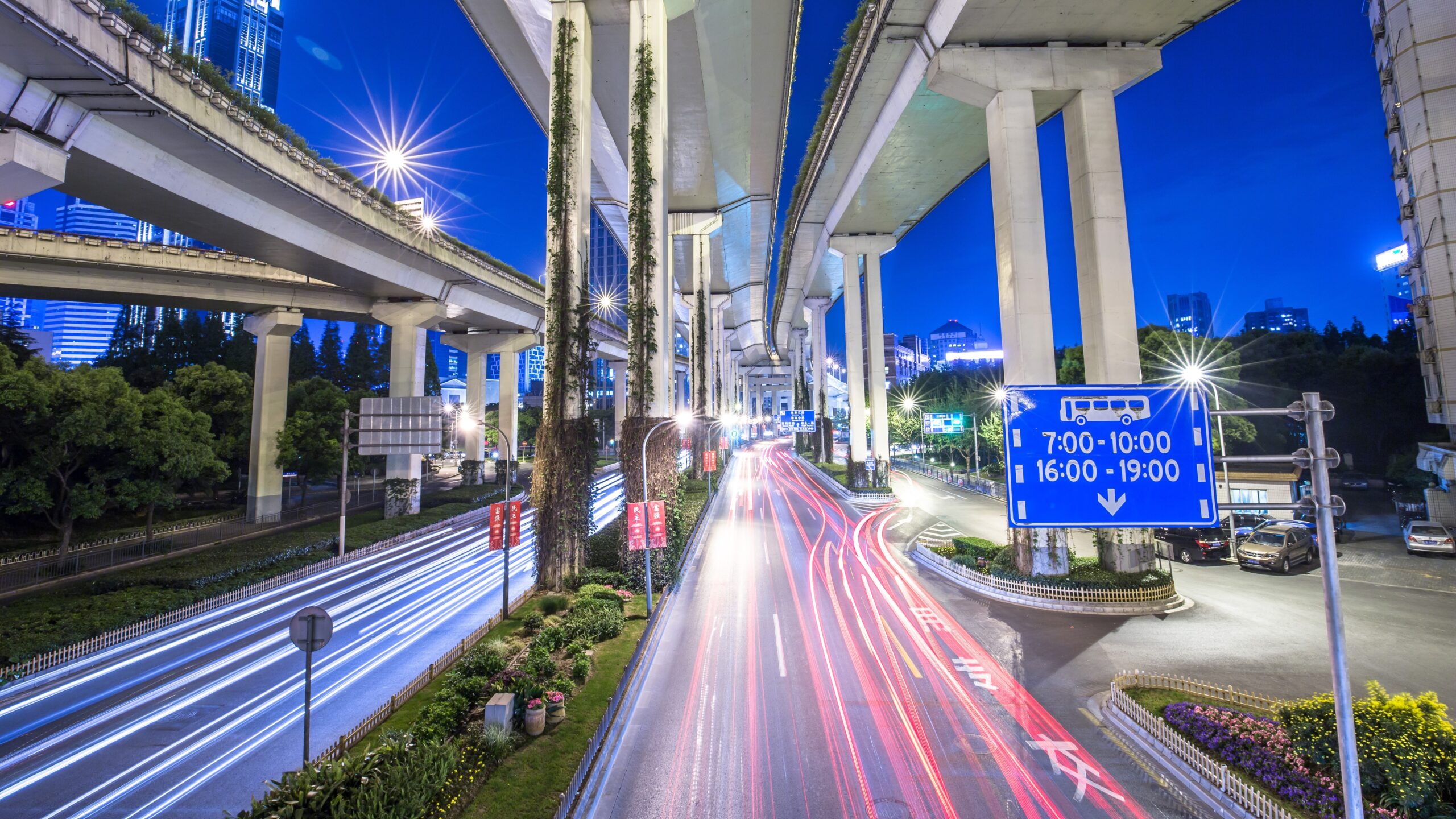Route tracking has become one of the most important challenges to create mass transit strategies that are effective and can be shared in real time with users, so that buses are identified as reliable and trust increased in this transport mode and new demand-responsive transport (DRT) services.
In this context, the “virtual bus stop” term is used to refer to actual reported locations by buses, to use it as the reference when tracking services and comparing it to planned routes, which sometimes miss this piece of key information.
The fourth of Molière’s use cases was as such focused on building a tool to report virtual bus stops and accurate driven kilometres by specific services, cross-validating it with the theoretical routes. For this, Galileo was used as the receiver for the clients’ buses, where an on-board unit (OBU) had been integrated, since the geolocation frequencies that are captured from the European constellation are higher than other GNSS (as also demonstrated as part of the use case). The gathered data could then be introduced in Molière’s Mobility Data Marketplace (MDM) to be used as evidence for optimised and new bus services by Local Authorities and operators.
The theoretical route is defined for a given trip and, after the trip has been completed, it is possible to print the driven route. With this, a first visual analysis validation can be done between the theoretical and driven route and check if the route has been serviced properly. This is done as, when referring to DRT, it is possible to have some exceptions where the operators’ drivers can decide when to alter the route given certain circumstances (such as somebody who booked not getting into the bus in the origin, therefore skipping their destination).
Five key performance indicators (KPIs) were defined in this case, in specific:
- Accuracy and precision comparison on OBUs powered with Galileo, focusing on similarity between real-time tracking and system routings
- Enhancement on virtual stops detection accuracy
- Automatisation on data reporting for public authorities based on Galileo’s tracking
- Aggregated users’s data in DRT mobility services
- New users coming from the MDM catalogue integration
In consideration of the five KPIs, as defined and led by Nemi, different outputs were obtained:
The accuracy on the detection of virtual stops increased about 13% during the development of the improvements while using Galileo.
Temporal analysis between the driven kilometres and the theoretical platform kilometres, as well as the path similarity, were obtained thanks to Galileo-powered services.
Automatic reporting tool of all the trips of a specific service having both the theoretical kilometres and the actual driven was evidenced to be possible through Nemi’s technology based on this fourth use case. It can be seen how some trips are almost perfect, but some of them seem to have some segments missing which could’ve been caused by a lost connection.
All in all, the Galileo powered services got an average of 77.45% similarity between the real-time tracking and the theoretical routes on the services. On the other hand, all the other GNSS receivers combined got an average of 67.56% similarity.
Related to the enhancement of the accuracy of the virtual stops detection, it was seen an increase of 13 % of the stops detected due to the developments done. This percentage is extracted by comparing the percentage of the stops detected between old trips and the new ones.
An automatic tool was built for reporting real driven kilometres and also the recurrence of the different itineraries that have been made, and it was also possible to keep fueling the Mobility-as-a-Service market with the Galileo based generated data in the platform with the aggregated user’s data.
Last, the integration to the catalogue of the MDM was easy and successful, it was possible to prove that even being on an early stage the possibilities are infinite, and the contribution is easy. This will open up future possibilities with clients and increase the data shared with it at the same time that the size of the platform is increased.



